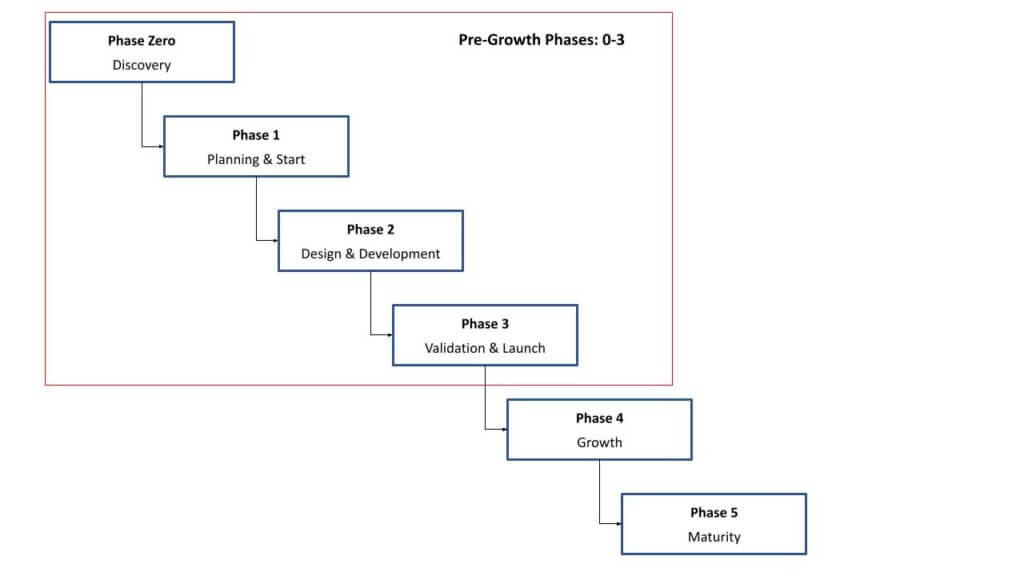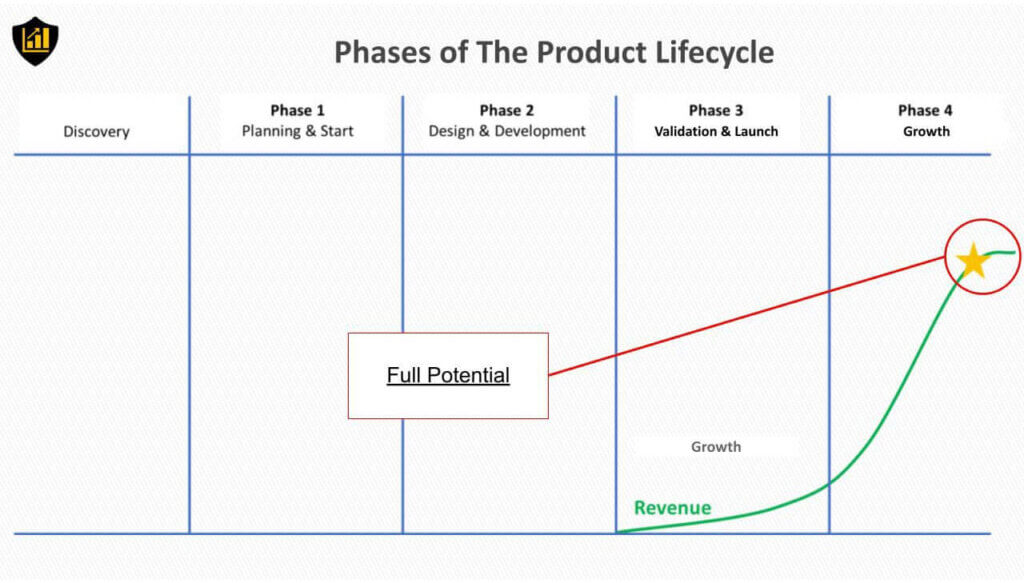The Marketing Pathway System (M-PaX)
A Standard Operating Procedure (SOP) For Creating, Launching, and Scaling High-Value Products Faster

Every product goes through various phases in its lifecycle, from initial idea to ultimate commercial success.
The Marketing Pathway System focuses on phases zero through three, the pre-growth phases.
Within each phase, the Marketing Pathway System defines specific marketing requirements (best practices) which:
- Shorten time to launch
- Reduce the risk of failure
- Increase product revenue & value
These requirements represent the high-level ‘todo list’ for a successful product.
The Marketing Pathway System provides the methodology and tools for efficiently completing each requirement.
37 Pre-Growth Requirements Ensure Product Success
Success in Phase 4 (achieving the products full potential) depends upon the execution of the marketing requirements of the previous phases.
These ‘pre-growth’ requirements, are the focus of the Marketing Pathway System (M-PaX).

